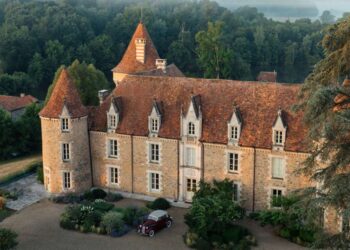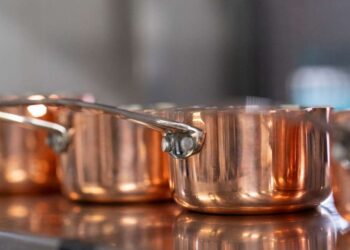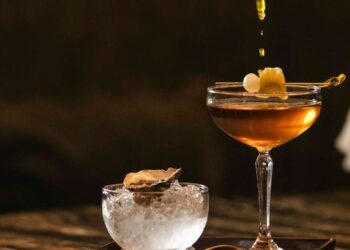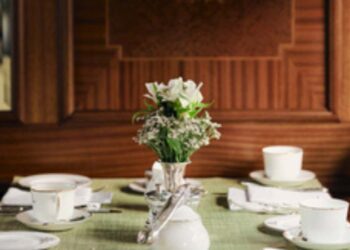Japan isn’t just a ski destination. It’s become THE ski destination. The reason? Snow, and ridiculous, legendary, truly staggering amounts of it. The 2024/25 ski season really put #JAPPOW (social media shorthand for Japanese Powder) on the map. For a moment it appeared that every professional skier, snowboarder, and their entourage was there filling our feeds with unholy amounts of white gold. Thanks to Siberian weather patterns colliding with the Sea of Japan, Hokkaido, and Honshu regularly receive double or even quadruple the snowfall of the Rockies, with its hallmark light, dry consistency (think that of sugar or sand) so perfect it’s been dubbed “Champagne powder.” Add to that centuries-old onsens, extraordinary food, and landscapes that feel lifted straight from a woodblock print, and you have a formula that makes Japanese skiing unlike anywhere else on the planet. For a more familiar “western-leaning” experience, head north to the island of Hokkaido, where luxury hotels and chalets rise against the backdrop of Mount Yotei. For more of a cultural/traditional immersion, the Winter Olympic host city of Nagano delivers cobblestoned hot-spring towns and the famous snow monkeys of Jigokudani.
Hokkaido
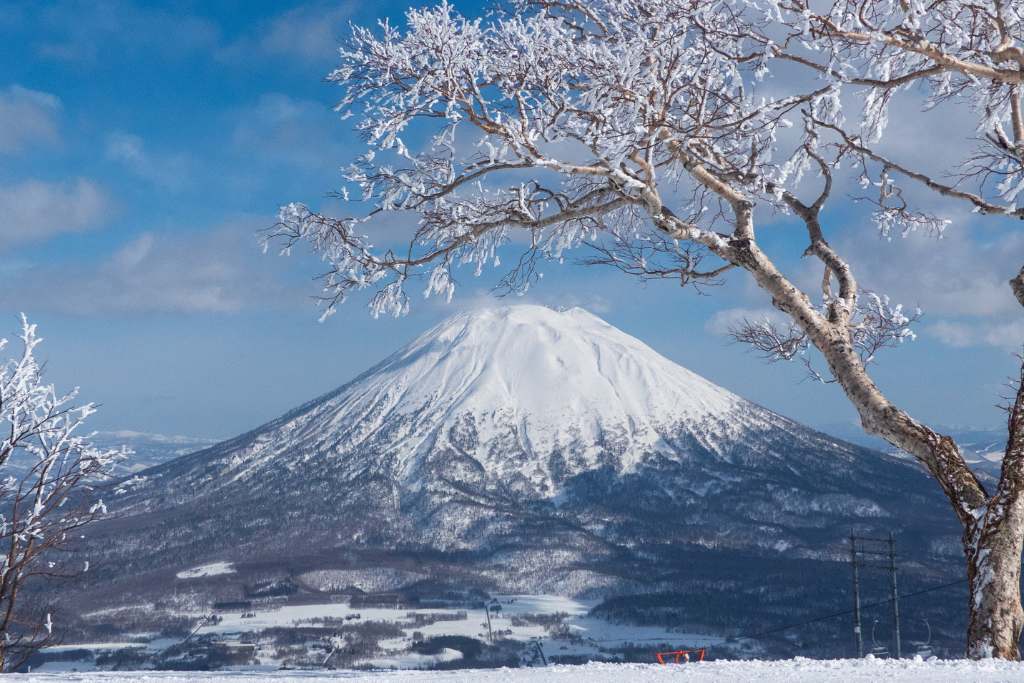
The Vibe
Western in feel, English is widely spoken, and the stay is a mix of high-end chalets and name-brand luxury hotels (Ritz Carlton, Park Hyatt). This northernmost island, home to Mount Yotei, receives the most snowfall, and is known for its high-caliber ski resorts.
The Ski
Niseko, Hokkaido: Often called the ‘Aspen of Japan,’ Niseko is Japan’s most visited and developed resort, with 30 lifts and four interconnected ski mountains (Niseko Annupuri Ski Area, Niseko Village Ski Resort, Niseko Grand Hirafu Ski Resort, and Niseko Hanazono Ski Resort). Niseko is a fave among the millionaire set who come to ski discreetly under the radar, explore the untamed off-piste slopes, and relax in the natural hot springs. For a truly special meal (and to walk in the steps of Anthony Bourdain), hire a car to visit Yakitori-Robata SO, just 15 minutes away in Kutchan for a truly unforgettable meal. Reservations (like most dining in Japan) are mandatory.
Furano, Hokkaido: Located in the middle of Hokkaido, Furano Ski Resort is divided into two zones: Furano and Kitanomine, which are connected at the top of the mountain by a common trail. The resort offers nearly 500 skiable acres, more than a dozen lifts, gondolas, long runs, and truly spectacular views — of the valley, volcano, and mountain peaks. Following a major snowfall, there is often untracked powder for days, making sidecountry and skiing among the trees quite popular here. Take a break from the slopes to visit Asahiyama Zoo (an hour away) and walk with giant penguins. The walk is actually real ‘exercise time’ for the penguins; visitors (said to look like mountains of snow and ice to the birds) line up along a route to watch the penguin parade.
Where to Stay In Niseko

Park Hyatt Niseko Hanazono: Set against the dramatic backdrop of Mount Yotei, this ski-in/ski-out sanctuary at the base of Hanazono offers an elevated alpine escape with unmistakable Park Hyatt international appeal and polish. The property boasts expansive modern suites with floor-to-ceiling windows, a collection of truly varied and acclaimed restaurants (including French, Chinese, and omakase sushi), and one of the most impressive hotel wine cellars in Japan. Après ski, unwind at the spa or in the natural mineral-rich onsen with panoramic views. For families, Hanazono’s kid-friendly terrain and snow park are just steps from the hotel, while seasoned skiers have easy access to Niseko’s famed backcountry powder.
Zaborin: Located outside of town, in the secluded Hanazono woods, this 15-villa (two-Michelin Key) boutique ryokan sits directly above the Zabo natural spring. Typically in Japan, bathing in an onsen is a communal experience. But at Zaborin, each villa, surrounded by white birch trees and named for the unusually delicate snow, comes with two completely private onsens, one is indoors, the other open air. Enjoy too the ryokan’s award-winning kita kaiseki cuisine — an interpretation of the traditional Kyoto kaiseki dining — celebrating local produce and seasons.
Higashiyama Niseko Village, a Ritz-Carlton Reserve: One of a small, elite collection of Ritz-Carlton Reserves (and the first in Japan), this stunning 50-room resort property rests at the base of Mount Niseko Annupuri, and includes natural elements (cherry-blossom motifs) in its design. The bathrooms are a standout with deep-soaking gray tubs that come with a view of Mount Yotei or ski slopes through floor-to-ceiling glass. The hotel also features two restaurants, a lounge, onsen, Sothys spa (where French beauty meets Japanese tradition), and a fitness center.
Setsu Niseko: Recently opened, Setsu Niseko offers spectacular views of Mount Yotei and Mount Annupuri, and is also home to one of the largest wellness facilities in Niseko. Think: four private onsen rooms, an onsen lounge, and cold plunge pool. A graceful curation of art (painting, sculpture, calligraphy, and photography) is on display throughout the hotel — celebrating Hokkaido’s incredible landscapes. For skiers, the on-site ski boutique can handle all fittings and rentals plus the hotel has regular private transport to the Grand Hirafu slopes.
Where to Stay In Furano:
Rental homes are popular in Furano and a great option is Furano Lodge 10, a four-bedroom, four-bath, chalet-style Airbnb. Standouts include western-style beds, large balconies with sweeping views, and a private sauna.
Nagano

The Vibe
Traditional Japanese, no crowds, lots of ryokans (classic inns), and easy proximity to Tokyo in under 90 minutes on the Shinkansen bullet train. Nagano is also the home of Japan’s famed macaques (snow monkeys), found at Jigokudani Monkey Park. During winter months — December to March — the snow monkeys are often found lounging in the healing hot springs.
The Ski
Nozawa Onsen Snow Resort: Just two hours from Tokyo, this mid-sized ski resort is home to a wide variety of lifts, gondolas, and trails for skiers of all levels and reliably receives the most snowfall in Nagano. The area offers a wide range of terrain (tree trails, powder fields, groomed runs, and moguls). But the resort town is most famous for its onsens (free public hot springs), dating back to the Samurai and still in use today. Note the misty steam rising dreamily along the village’s narrow cobblestone streets and traditional ryokan inns.
Where to Stay in Nozawaosen
Ryokan Sayaka: Family owned and operated for 17 generations (since the Edo Period), this classic ryokan features traditional Japanese architecture, gourmet meals, and natural hot springs known to revitalize skin and relieve achy joints and muscles. Rooms are traditional Japanese, with low tables and tatami mats.
Sumiyosiya Ryokan: Classic Japanese, in its wooden architecture, the guest rooms at this artful ryokan come with tatami mats, futon beds, and intricate art pieces. After a long day on the slopes, soak in the hotel’s ancient onsen baths, and then cozy up for an exquisite Japanese Kaiseki dinner.
Nozawa Grand Hotel: For a western option, head to one of Nozawa’s most established hotels. Here guests may choose on-floor futon or western-style bedding. The hotel also offers easy access to the ski runs, fantastic mountain views, and three natural onsen, including one that can be booked privately.
Mount Zao
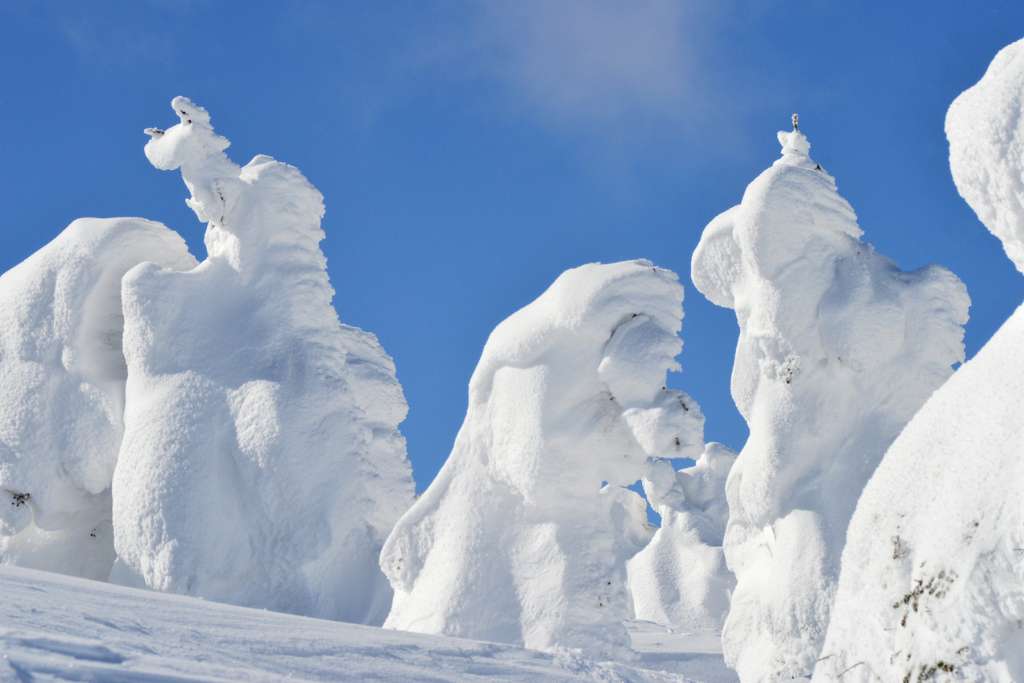
The Vibe
Remote, tranquil, and bizarrely beautiful with its Seussical ‘snow monsters’ (which are nothing more than frozen trees), Mount Zao in the Tohoku region, is an off-the-beaten-path destination worthy of a visit. Harsh Siberian winds traveling across the North Japan sea and western plains of Yamagata, reportedly glaze the mountain’s indigenous fir trees with freezing condensation — creating the snow monster effect. At night, the “monsters” are lit up with twinkling lights, for an even more magical storybook setting.
The Ski
Zao Onsen Ski Resort: One of Japan’s oldest ski resorts, this Yamagata-based resort is also the largest in the Tohoku region. The resort offers dozens of lifts, gondolas, and ropeways whisking skiers to 80% of the terrain that accommodates beginners and intermediate skill levels. The longest course starts near the snow monsters at the summit of the mountain and is about 10 miles long.
Where to Stay in Mount Zao
Chikusen Mount Zao Onsen Resort & Spa: Located at the foot of Mount Zao, this elegant ryokan is surrounded by a lush forest, streams, and rivers. Rooms come with traditional wooden tubs, while suites offer private onsen on covered outdoor terraces. Dine at Kamajin at Chikusenso (the on-site restaurant) serving Kaiseki-ryori, a traditional multi-course Japanese dinner.
dinner.
Featured image courtesy of iStock. Travel Curator may earn a commission from product or booking links on this page.




